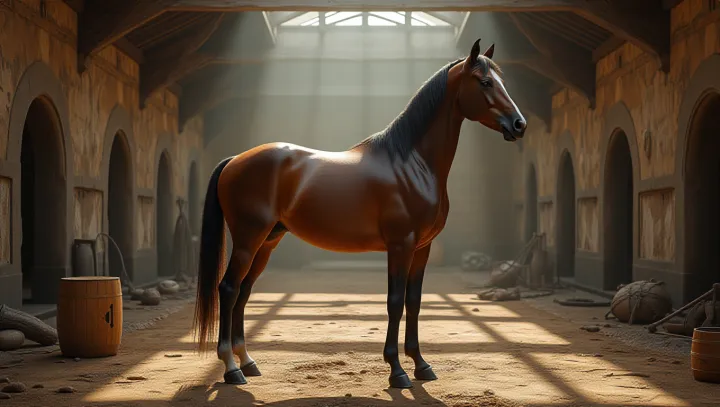Tracing 6000 Years of Equine Breeding

In the wide expanse of the Eurasian steppes, the chronicles of horse breeding span a lengthy 6000 years. This saga commenced in ancient Mesopotamia, where the earliest records reveal a profound bond fostered between humans and equines. These noble animals were initially domesticated for labor and transportation, revolutionizing agricultural and societal dynamics.
Throughout millennia, horses have continued to be a cornerstone of military strategy, exploration, and economic progress. Their attributes—speed, strength, and endurance—have made them invaluable. As societies evolved, so too did the selective breeding practices, aimed at enhancing desired traits for specific uses, from farming to sport.
Today, the legacy of horse breeding is manifest in diverse modern equestrian disciplines and industries. Expert commentary by Dr. Emily Thomson, a historian from Oxford University, notes, 'The intricate breeding practices developed over centuries underscore humanity’s enduring affinity with these creatures.' As we look to the future, the partnership between humans and horses remains as vibrant and significant as ever.
